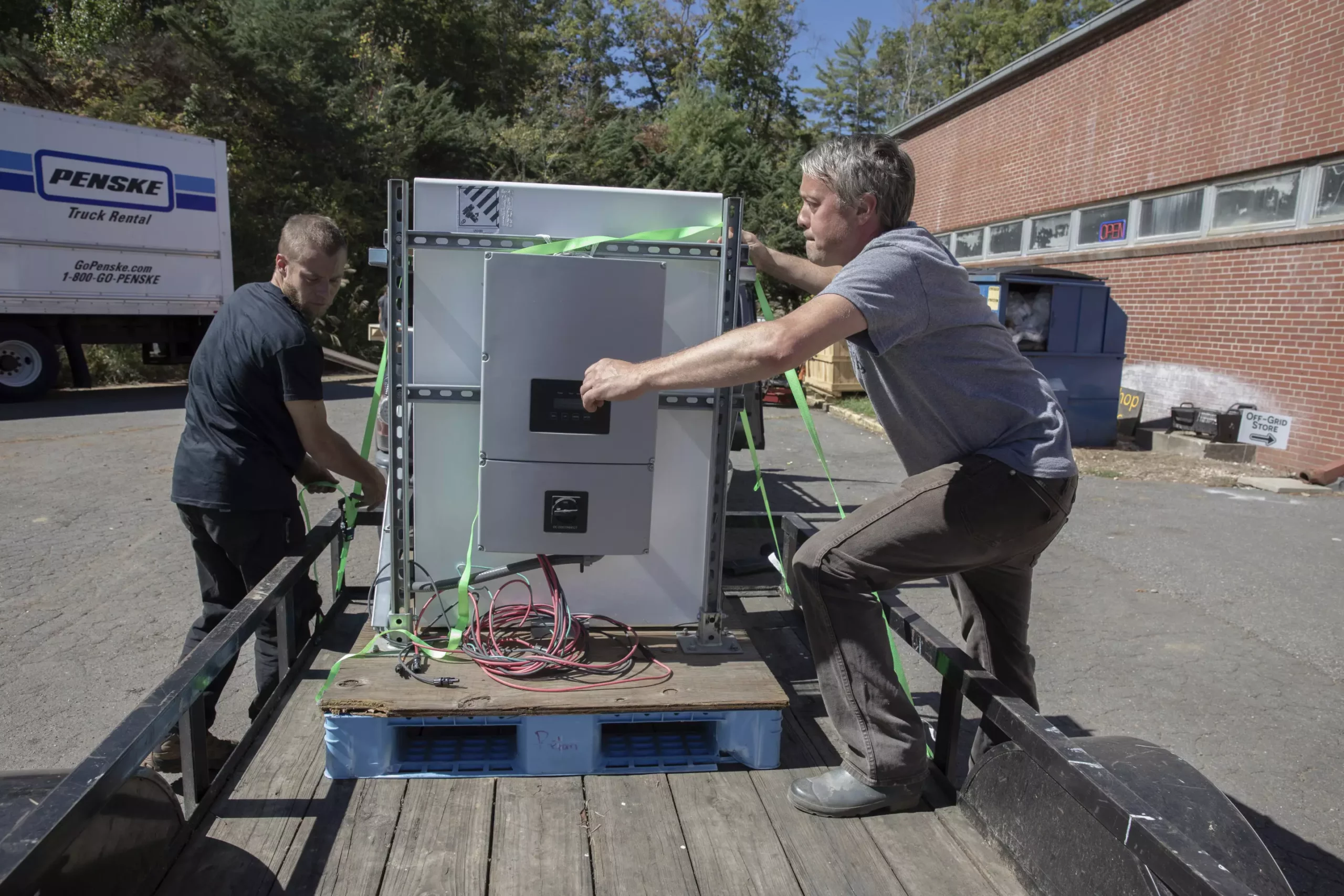In the wake of Hurricane Helene’s destructive path across North Carolina, the resilience and creativity of local communities are being put to the test. Nearly two weeks post-hurricane, the persistent noise of gas-powered generators fills the air. For residents like Bobby Renfro, a retired railroad worker and the de facto leader of a community resource center in Tipton Hill, this constant hum is more than just an inconvenience; it signifies an ongoing struggle for survival in a landscape marred by devastation. Many residents have been left without fundamental necessities, underscoring a grave reality that those not living in these affected areas may fail to comprehend.
Renfro’s resource hub, located in a former church, is a lifeline for the local population, many of whom are stranded in the rugged hills of the Pisgah National Forest. The reliance on generators for power has become crucial, not only for everyday needs but also for critical medical supplies. The staggering cost of $1,200 for the generator, alongside the expensive and limited fuel supply brought in from out of state, presents a daunting financial burden. For those reliant on refrigeration for insulin or on oxygen machines, eliminating power is not an option but a devastating impossibility.
As of last Friday, over 43,000 residents were still without power in the western region of North Carolina, leaving them unable to perform essential tasks like keeping medications cold or accessing clean water. The logistical challenges involved in restoring power are amplified by the dense mountainous terrain, which poses difficulties for repair crews. The focus has shifted from simple repairs to complete infrastructure rebuilds, illustrating the scale of the natural disaster’s impact. With thousands left in isolation, the urgency for effective solutions is palpable.
The situation is dire: individuals can find themselves marooned geographically, without resources to support basic life functions. With power outages persisting, communication has suffered, hindering access to vital federal disaster aid. The emphasis on gasoline generators, while temporarily alleviating some issues, raises concerns over pollution, health risks, and their unsustainable nature for long-term use. Residents facing uncertain weeks ahead look for assistance as they navigate this political and physical landscape.
Recently, a promising development arrived in the form of solar power solutions. Renfro’s community welcomed a solar generator, complete with multiple solar panels, courtesy of the nonprofit Footprint Project. This transition represents not just a shift in technology, but a vital step towards sustainability and self-reliance amid environmental chaos. The significance of solar energy extends beyond mere electricity; it symbolizes hope, resilience, and innovation in the face of disaster.
The Footprint Project has expanded its operations significantly after the hurricane, deploying numerous solar microgrids and advanced water-pulling machines to aid affected communities. With a philosophy centered around reducing the carbon footprint of emergency responses, the organization plays a pivotal role in shaping how communities can recover and adapt to future challenges. With collaborations from local solar installation firms, they are providing solutions that promise to be cleaner and more efficient than the fossil-fuel counterparts currently in use.
The project is spearheaded by Will Heegaard and Jamie Swezey, demonstrating that grassroots efforts can pave the way for meaningful change. Their approach is holistic, facilitating not just the immediate distribution of equipment but addressing long-term sustainability for communities grappling with disaster recovery. Volunteers from across the region are stepping up to support the cause, from delivering portable batteries to setting up solar panels—each act of kindness igniting spirits in devastated areas.
In nearby Mars Hill, the combined efforts of community members and frontline volunteers illustrate a concerted response to a crisis that demands urgency. The ability to adapt and overcome, along with the ingenuity displayed by local leaders, emphasizes a central truth: recovery is a collective effort. As various groups collaborate, the data collection and resource allocation process embodies a new pathway towards recuperating from the damages wrought by nature.
While immediate aid is crucial, the Footprint Project’s commitment to long-term recovery will be vital as many residents continue to face challenges after the power is restored. The hurricane has unveiled not only vulnerabilities within infrastructure but also the need for sustainable energy solutions that prioritize environmental considerations along with individual needs.
As these communities forge ahead, their experiences can inform future preparedness strategies, equipping them with tools and knowledge to handle the aftermath of natural disasters. The resilience demonstrated by the citizens of North Carolina amid adversity will not only shape their recovery but may also inspire a broader movement advocating for sustainable practices in emergency responses, proving that even from destruction, lasting change can emerge.


Leave a Reply